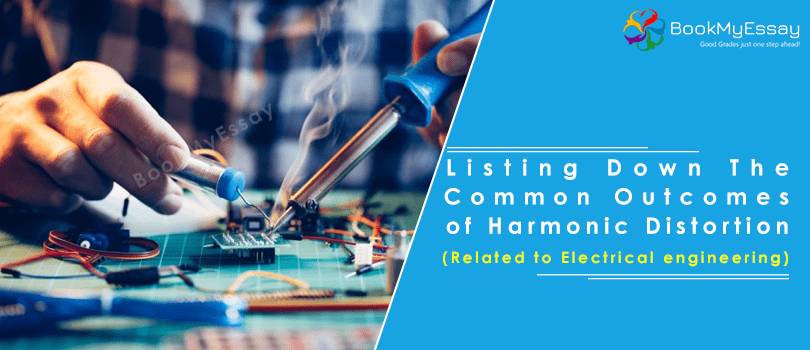Listing Down the Common Outcomes of Harmonic Distortion
Harmonic Distortion – Definition
Harmonic Distortion, is termed as a common level measurement of distortion present in power systems. It is often linked to current or voltage harmonics and presented as a ratio of total harmonics which is set to the fundamental frequency value times 100%. As a matter of fact, calculating THD (Total Harmonic Distortion) for any system requires taking into measure varied factors namely transformer impedance, non-linear ratio to linear power-consuming devices, system impedance, and already present harmonic distortion levels. All these measures present an accurate prediction of harmonic distortion that are present before installation of an electronic device.
Learning the 6 Common Effects of Harmonic Distortion
This voltage distortion also imparts a considerable effect on current and voltage along with other loads that are linked to that particular system. This topic is one of the most frequent one that needs to be studied by students who seek Electrical Engineering Assignment Help. Some of the common effects of THD that are mostly taken for help in Electrical Engineering assignment writing help are explained in detail below:
- Motors and Generators – these are badly affected by harmonics via connected networks. Some of the common effects include heightened levels of heating due to iron and copper losses recorded at varied harmonic frequencies. Also, the impact includes increase audible noise emission in comparison to sinusoidal excitation. Additionally, generators also churn out harmonics most commonly triplen harmonics that further gets circulated through adjacent Wye-grounded transformers as and when generators get linked to a load bus.
- Transformers – The harmonics produced by nonlinear loads like variable-frequency drives (VFD) are responsible for enforcing non-sinusoidal current on the power transformers that are connected to transmit loads, thereby resulting in heightened rate of in losses and temperature rise.
- Capacitors – Some of the common effects of harmonics on capacitors banks and other capacitor are occurrence of higher voltages and currents. In other cases, capacitor bank starts to work as sink for higher harmonic currents, which results in increased level of heating and dielectric stresses. As a countermeasure, capacitors banks can be programmed by adding reactance to reject certain harmonics.
- Power Cables – Effects include voltage stress and corona in systems, heightened levels of heating which is a result of higher rms current, proximity and skin effect. The spread and behaviour of high-frequency skin currents of adjoining conductors is affected, raising the levels of “proximity effect.”
- Electronic Equipment – Such power operated electronic equipment are mostly prone to mis-operation when subjected to higher levels of harmonic distortion. Harmonic distortion in such equipment will result in misplacing the voltage zero crossing points, that are regarded as critical in varied electronic control circuits. Some equipment also showcases incorrect switching, while some gets to produce more harmonics, increasing the problem.
- Fuses – Common effects occurrence is derating factor that is a result of excessive heat generated by harmonics. Fuses can therefore start to malfunction that calls for the need of correct fuses deration. Some fuses will present unwarranted blowing due to sudden harmonic mix happening in that system.
Features of BookMyEssay Electrical Engineering Assignment Help
BookMyEssay is a reputed site that is engaged in offering the matchless quality of Electrical Engineering dissertation writing help to students. Each assignment is affordable and is assured of unique content which is free from English grammatical errors.


